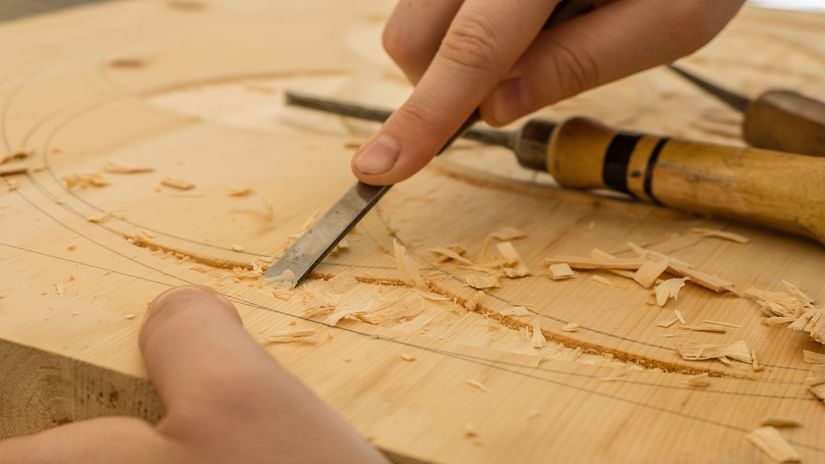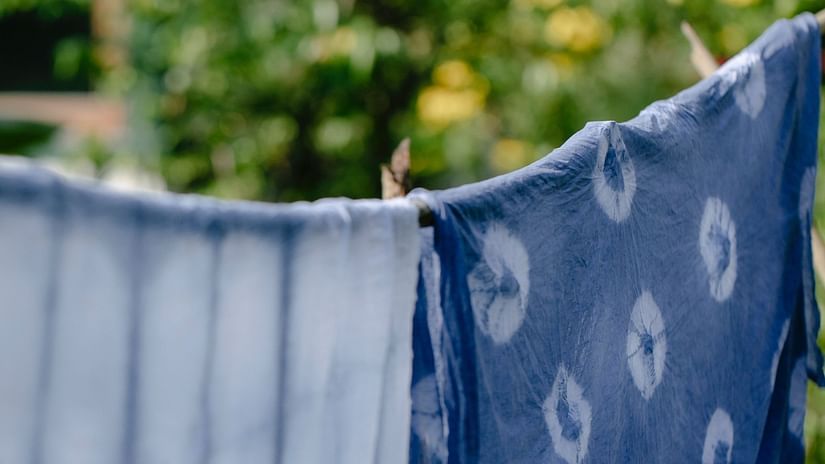Rajasthan literally translates to "land of kings". So it only makes sense that it is home to many clothiers that have a long history of adorning royals for centuries. Here is a short primer about the history of these clothiers and the textiles, that made them much sought after all over the world.
An hour's drive away from Hotel Clarks Amer in Jaipur lies a small village called Bagru. It is not frequently featured in any top-ten or must-visit lists that cater to most tourists who wish to visit Rajasthan to witness remnants of the royalty it was once home to. But for those in the know, Bagru is an important stop. This little village is home to artisans who have, for centuries, dressed Rajasthan's royalty, using block printing techniques that have been passed down for generations.


What is block printing, you ask? Block printing, or woodblock printing involves carving intricately designed patterns or text on blocks of wood, and applying a tint of some kind to separate the pattern from the rest of the block. Then, applying that pattern or text to textiles or paper via 'stamping' or tapping it all over with a light mallet. Initially popularized in China by Buddhist monks who used the process to make copies of religious texts, it quickly spread to neighboring countries and even Europe by the 13th century.
Highlighting secularism and equality, in Bagru the Jaipur block printing process beckoned synergy between all! One caste was tasked with carving the designs onto the wooden blocks, a different caste mixed the colors that will be imprinted on the wooden blocks, another caste stamps the clothes with the designs set on the blocks, and yet another caste washes the clothes and dries them after the process.


Some of the traditional textiles of Rajasthan used in the block printing process are Bandhej, Sanganeri and Lehariya. There are also a variety of dyeing and designing techniques like Dabu printing, Bagru printing, Shibori tie-dye and a lot more.
Textile historians and the generally-curious visitors of Rajasthan have a lot of options to choose from when deciding where to witness the history of block printing and what makes Jaipur textiles famous all over the world. Some of them include Titanwala Museum in Bagru, Kishanpole Bazaar and Anokhi Museum of Handprinting, among many others.